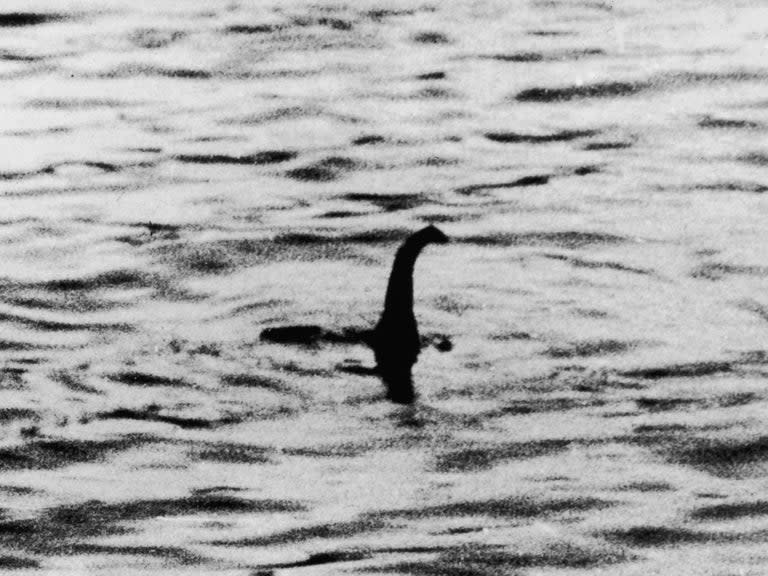Storm Loch Ness: RNLI issues warning after thousands of monster hunters vow to 'find dat big boi'
After thousands of people signed up to a plan to “storm” Loch Ness in search of its famous monster, a lifeboat crew has warned its waters can be dangerous.
The Royal National Lifeboat Institution (RNLI) has cautioned that it is 230 metres deep and people risk cold water shock and hypothermia if they enter the water.
It issued the warning after more than 19,000 people said they were going to a “Storm Loch Ness” event in search of the famed monster that has been advertised on Facebook.
It does not give much explanation for the plan and provides only a one line description for the event.
“The time is now for us to find dat big boi,” the organiser wrote.
But more than 40,000 people have also said they are “interested” in the hunt on the loch, scheduled for 21 September. in the body of water to the south west of Inverness.
The event appears to have been inspired by the viral “Storm Area 51” page, which has attracted nearly 2 million people to a plan to storm the US military base in Nevada associated with alien conspiracy theories.
Earlier this month, the US military said it was “ready to protect America and its assets” if anyone attempted to carry out the plan.
The Loch Ness RNLI team has warned that the arrival of thousands of people risked stretching safety resources in the area.
"With no US Army involved, Loch Ness looks a little less hazardous than storming Area 51, but here we have our own set of problems," the team wrote in a statement on Facebook. "Our Atlantic 85 lifeboat has an impressive survivor carrying capacity, but even that will be stretched by the 'attendees' of this event."
The team added that the loch’s depth is nearly two and a half times the height of Big Ben and weather conditions around the water can deteriorate rapidly.
“The water temperature is cold! In fact, an average of six degrees centigrade all year round, meaning cold water shock and hypothermia are real dangers,” it said.
As fresh water is less buoyant than salt, the RNLI team warned that it requires more effort to float or swim in the loch.
Agencies contributed to this report


